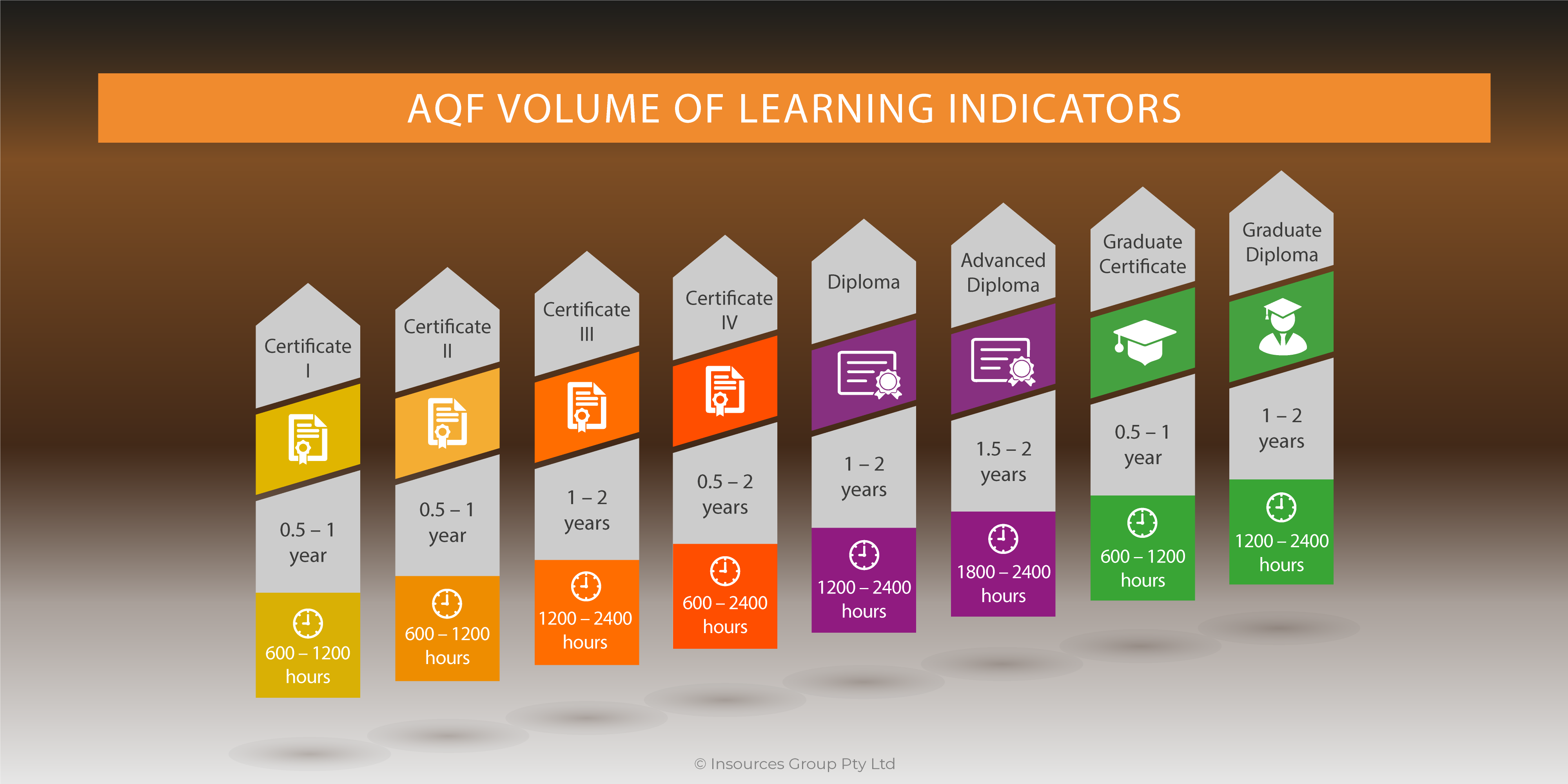An essential part of the training design is the session plan. Planning a particular training session includes considering the training content to be delivered, the target audience needs, and the resources available to put the training program a live.
During my experience delivering training and managing training programs I learned the importance of having a model to systematically approach the task of creating session plans. I would like to share my model in this article; you will probably incorporate other elements into the model presented below from your own experiences and observations.
The simple five steps I follow to structure my sessions are:
1. Rationale
2. Objectives
3. Activities
4. Evaluation
5. Feedback
Rationale
Provide a rationale. Explain why learners should learn whatever you are presenting to them. Early on in any learning session, the learners require an explanation of why they should attend the session, whether live, elearning, video-based, or in print. If the learner knows why she or he should learn something and values it, there is higher probability of learning it. This is directly tied to the principle of readiness, the trainer informs the learners about what is in it for them as well as for other stakeholders. The rationale either can provide an explanation or can lead the learners to discover on their own why they should learn this. In the rationale, you provide a form of overview of where you are heading in the session. You also build a desire to learn by underscoring how useful, interesting, and exciting this session will be to the learners.
Objective
State the performance objective to the learners. Tell them clearly what they will be able to do by the end of the session. If the learners know what they are supposed to learn, there is a better chance that they will learn it. The trainer, the instructional material states the objectives meaningfully in terms of the learner and not in terms of the trainer or training system.
The trainer and/or instructional material also states the objective in concretely verifiable terms.
Activities
Create learning activities that lead to attaining the performance objectives. If learners do things that lead directly to meeting the objectives, there’s a better chance that they will attain those objectives. This means that the trainer creates or selects only those activities that lead the learner directly to meeting each objective. Here is one of the key benefits of this model: it is lean and focused. The rationale provides benefits for the learner. The performance objectives state the contract between the training and the learners (what they will be able to do and how well). Now, the activities cut out the extraneous and frequently disruptive noise. They focus sharply on objective attainment, noting more or less. The activities are designed to encourage (even require) learner participation. The activities should also stimulate the learners to contribute to the program with their own experiences, imagination, and judgment.
Evaluation
Evaluate learner performance. Check to see whether they have learned. If the learners are assessed on what they are supposed to learn, there is a better chance of their learning it. It is important, however, to evaluate in terms of the performance objective and not the person. Embedded in our competency-based system we use assessments to verify the degree to which each learner has met each objective for the desired level of performance, and we compare that level against our benchmark (in VET we use endorsed competency standards) to determine competency.
Feedback
Provide feedback in terms of the performance objectives. Let learners know if they’ve got it right. If they have achieve the level of performance expected. Correct them when they go astray.
If learners receive information on how well they are learning, they tend to learn better. For this reason, it is essential that learners obtain feedback throughout the training sessions. Always give feedback in terms of the performance objectives and not the person.



